For artist Shantell Martin, the world is a canvas. The London born, and Brooklyn based artist is best known for her clean and intricate black and white stream of consciousness illustrations flowing onto walls, canvases, objects, clothing, and any blank surface surrounding her, including skin. Making art appears to be a seamless and inherent skill for Martin, for she works best when she lets her marker do the talking and guide her through the meditative process as though she were listening to some sort of artist’s spiritual intuition.
Coming from a tumultuous upbringing, she found a way to channel it into her art map out her dreams, literally and figuratively. From being experimental and lost in Tokyo and discovered in New York, Martin has been able to traverse the globe in search of a sense of her self and others through her art, incorporating words, faces and ethereal landscapes into her process. She begs the viewer to take a step into her world, read her truths, and ask themselves important questions in a light manner.
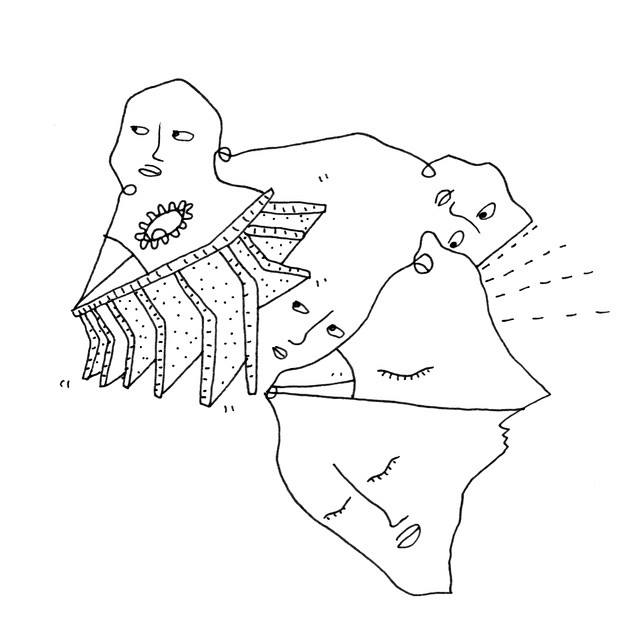
AMFM: You draw on everything, any blank surface whether it is a napkin, a wall, clothing, people, etc. As many people know, kids often get in trouble for drawing on the walls growing up. Were you one of those kids who used to draw on the walls?
SHANTELL MARTIN: I was most definitely one of those kids. I got in trouble a lot for drawing on myself, friends at school, on my walls at home, on my clothes, etc. As a result I ended up drawing in hidden places, like behind my bedroom curtains, on the underneath of my bed or I would draw on walls so faint that only I knew it was there. It’s always been like an uncontrollable impulse.
AMFM: When did you kind of come into your art?
MARTIN: I’m still coming into it. I’m always learning and growing my understanding of craft and myself.
AMFM: You describe your work as “stream of consciousness” art. You simply start with a line and let the art flow from you and it just works you say. Was it always like this? Was your art ever planned in the past, or did you have to train yourself to let go and let be?
MARTIN: I’ve tried to plan or map out my drawings in the past, but it has never really worked out for me. At school and even after school, I would try and draw still-life’s, but then would get distracted or start daydreaming; the objects I started to draw would morph in to something completely different. I decided planning in that way was not the way I’m supposed to work. There is definitely a process to the way that I work; however, on the surface there is a layer of spontaneity. There is also the question of when to stop. It’s a faint feeling, but it’s there like a whisper in your ear, “stop”. I used to ignore this whisper, the result being me not liking what I’ve created. I’ve learnt to listen to this feeling and when I hear it I stop, without question.
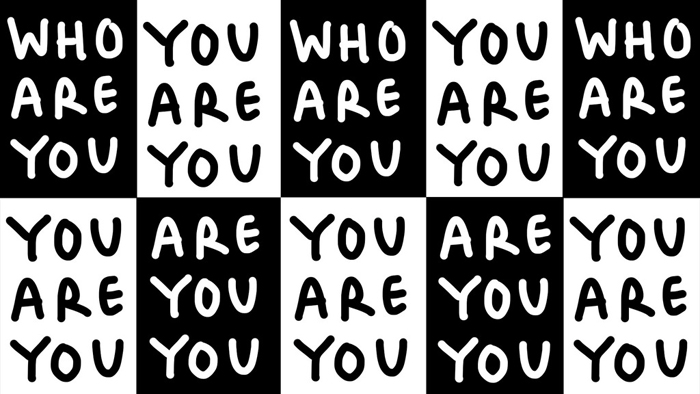
AMFM: You describe your childhood as a turbulent one, growing up in London with white parents and siblings. You say when you talk about where it all began for your art you like to show this picture. Why is that? What about that aspect of your childhood has driven your work and the personal narratives you depict?
MARTIN: Our past experiences help shape us into the people that we are, and what we do with those experiences guide us to the person we will become. My parents and my siblings are my parents and my siblings – that’s that. It’s when you step out of your home when things change. When I stepped out of my home, people saw someone different from themselves, from family, and they reacted to that. They placed their baggage and insecurities on to me.
AMFM: Aside from doing your whimsical figures and drawings you also do some textually based work with your You Are You, You Are Who pieces. Do you write as well? How as this concept born and why do you pose these questions or statements to the viewer?
MARTIN: We can quite easily talk about…what we do, where we are from, what our goals are etc etc, but what is that language we can use to describe who we really are at the core? Who we really are deep down inside? That language is not as readily available to us. Why is that? What is that language, what are those words, those sentences that describe us?
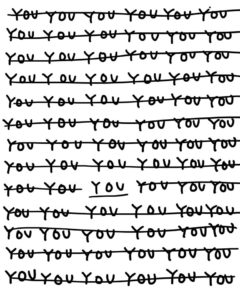
AMFM: You do a lot of live art pieces in front of a crowd or in those particular types of settings, especially during your time in Tokyo with your performance art background and doing colorful DJ backdrops, which is ironic because you rarely use color now. You also spent a lot of time doing intimate, fine and intricate drawings in your notebook describing the disconnect you felt there, your journal drawings almost an autobiographical slice of your life at the given moment. How would you describe these two very stark differences in approach, style, and aesthetic and the feelings and work that was evoked from these experiences? How impactful is space and energy on your work?
MARTIN: When creating live drawn digital visuals to DJ’s, musicians and dancers my work then was super bright, colorful and digital. It was like a giant energetic flag saying, “look here, look at me.” It was so bold. It would catch people’s interest and attention. Once I had that, I could show them the more intricate detailed drawings like you mentioned. These would and still so require people’s full attention, which is harder to catch. Space and environment affect the mood, the scale, and the thoughts within my work, but also where you are in life also affects the work.
AMFM: Your work has been described as exploring this idea of impermanence; do you believe it to explore that idea? Is it intentional? In what way do you believe this to be true and why is this key to your work?
MARTIN: Most of the work I have created in my life now only exists as a memory. Walls I have drawn on have been painted over. Visual shows I have created were not saved. Talks I have given were not recorded. Sometimes when we try to capture work, to preserve it, to catch it, we are not able to experience it to its full capacity. I want my work to be accessible, to be an experience, to come and go, just like I will leave behind an impact, an impression.
For more from Shantell Martin OR MORE FROM SHANTELL MARTIN:
https://shantellmartin.art
Photo Credits: Shantell Martin
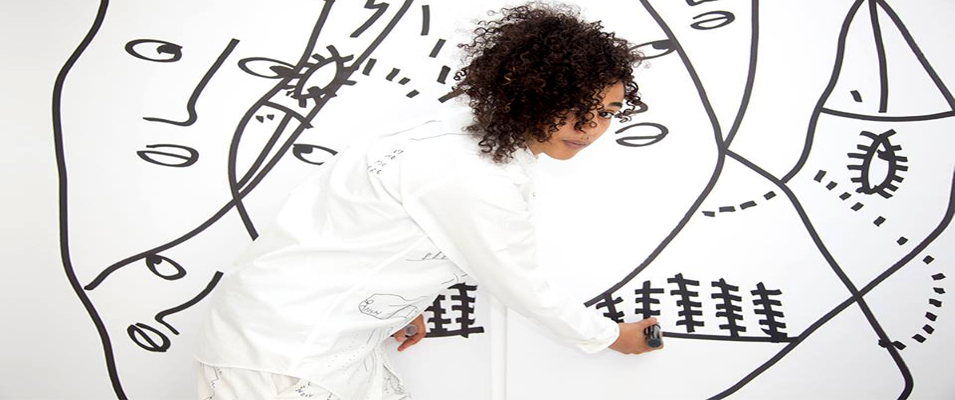


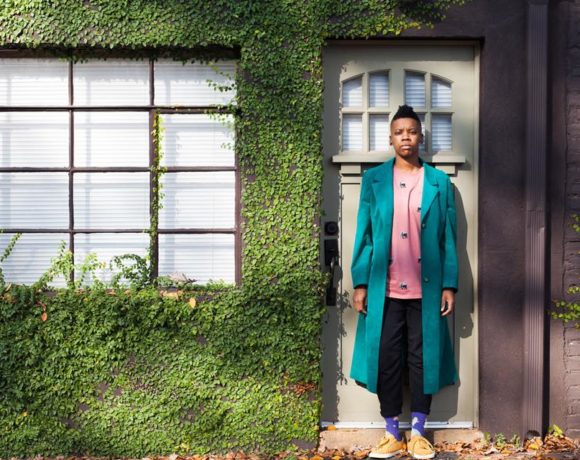
COMMENTS ARE OFF THIS POST